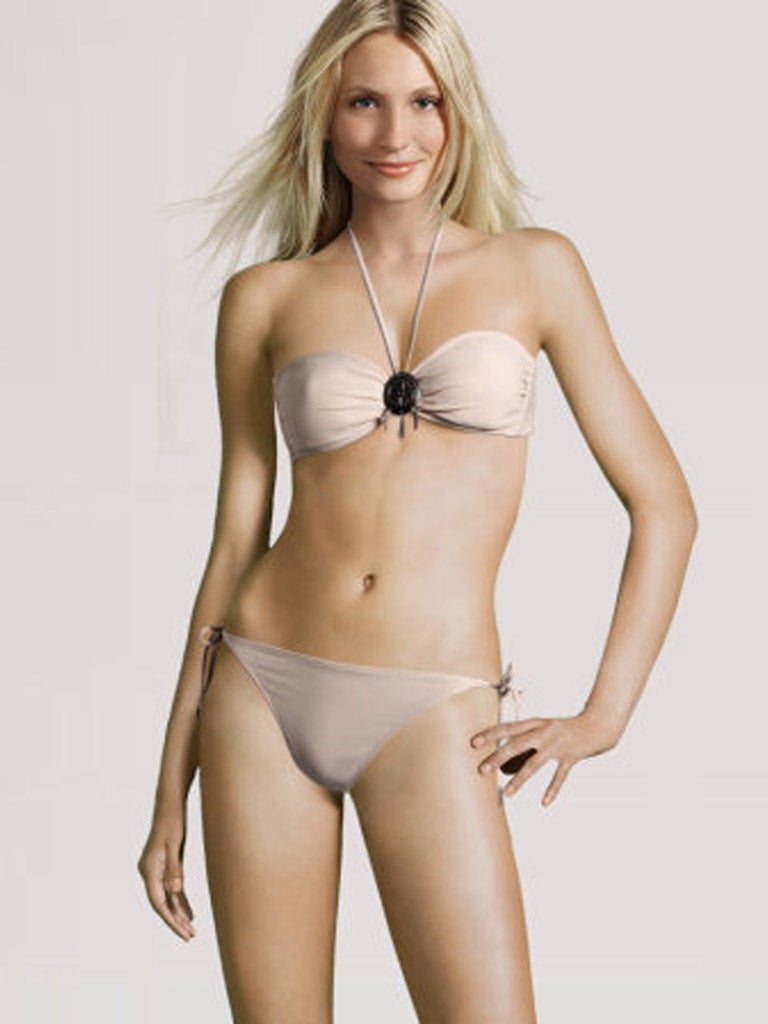
Your support helps us to tell the story
From reproductive rights to climate change to Big Tech, The Independent is on the ground when the story is developing. Whether it's investigating the financials of Elon Musk's pro-Trump PAC or producing our latest documentary, 'The A Word', which shines a light on the American women fighting for reproductive rights, we know how important it is to parse out the facts from the messaging.
At such a critical moment in US history, we need reporters on the ground. Your donation allows us to keep sending journalists to speak to both sides of the story.
The Independent is trusted by Americans across the entire political spectrum. And unlike many other quality news outlets, we choose not to lock Americans out of our reporting and analysis with paywalls. We believe quality journalism should be available to everyone, paid for by those who can afford it.
Your support makes all the difference.Perhaps it took inspiration from the 1987 film Mannequin, but H&M found itself in hot water yesterday as it was forced to reveal that the bikini bodies on its website are in fact doctored photos of shop dummies.
The Swedish fashion chain seems to think that even models don't have good enough abs for their site, as they have superimposed women's heads on to the bodies of computer-generated mannequins instead. The skin tone is simply altered in each picture to match the face of the model.
Industry and charity figures criticised the technique yesterday for presenting young women – and even models – with unrealistic body images.
Carole White, the founder of Premier Model Management and former agent for Naomi Campbell, said the practice was new to her. "We haven't come across it and, in fact, it's the first time we've seen it. But I don't think it's representative [of women's bodies] at all," she said.
"Shop and catalogue models are different to catwalk models, who tend to be straight up and down. People relate to them as they're real, beautiful girls and not a drawing, which is what this is."
The chief executive of the eating disorder charity Beat, Susan Ringwood, said: "We understand why you need a mannequin to stand in a shop window, but not when you could have a real living body instead."
A spokeswoman for H&M said: "The technique can be found being used throughout the industry. It is regrettable if we have led anyone to believe that the virtual mannequins are real bodies. This is incorrect and has never been our intention."
Join our commenting forum
Join thought-provoking conversations, follow other Independent readers and see their replies
0Comments